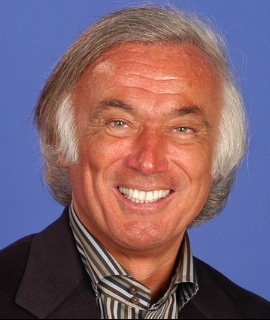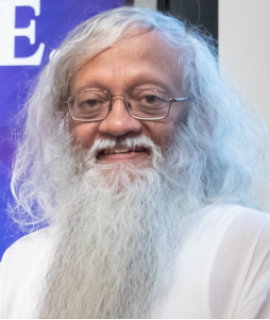10th Edition of International Conference on
Elements Of Yoga
Yoga has been utilized in traditional medicine for centuries to alleviate physical and psychological ailments. According to ancient Indian medical texts, the practice of yoga is divided into four main elements: physical, mental, spiritual, and meditative. Each of these elements works together to provide a holistic approach to well-being and healing. The physical component of yoga is known as hatha yoga and includes poses and postures as well as breathing techniques, and relaxation practices. Hatha yoga strengthens the body by using postures to increase flexibility and relaxation. It helps to reduce stress, improve circulation, and increase strength and balance. The mental aspect of yoga involves the manipulation of the mind and its influence on one’s physical health. It focuses on providing mental clarity and self-reflection. Meditation is used to calm the mind and provide an inner exploration of one’s true self. The spiritual aspect of yoga includes the acceptance of a higher power and cultivating and nurturing a relationship with that power. The practice of yoga leads to an internal connection with a spiritual being, as it enables a person to become aware of an inner strength and sense of grace. The meditative aspect of yoga involves focusing the mind inward. It encourages contemplation rather than action. Through meditation, a person can observe their feelings, thoughts, and experiences without judgement, and learn to accept what is. Yoga, therefore, works to unite the physical, mental, spiritual, and meditative components of our being. When practiced regularly, it can bring peace and well-being to both our body and our mind. As an element of traditional medicine, it has the potential to improve both the physical and psychological elements of an individual’s health and can be an important complementary tool with which to manage chronic illnesses as well.

Kenneth R Pelletier
University of California School of Medicine, United States
Marilyn Allen
American Acupuncture Council, United States


